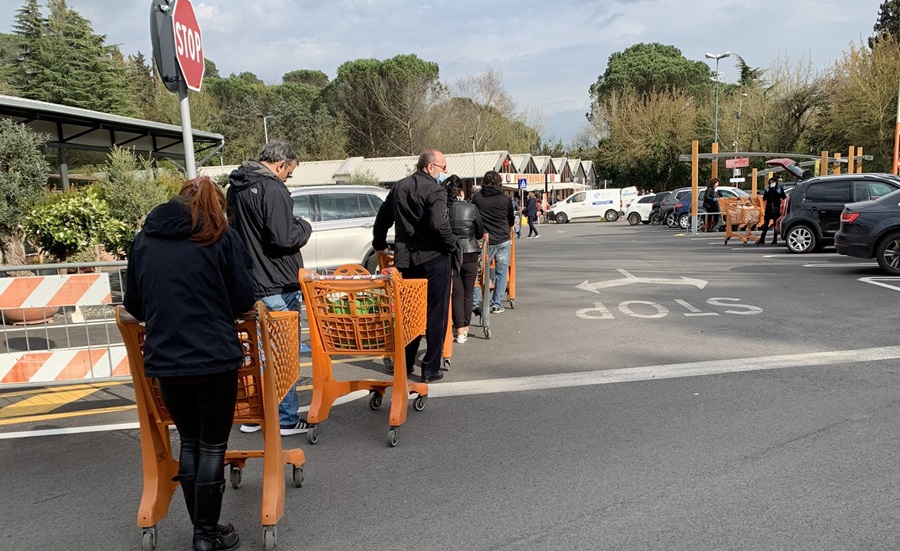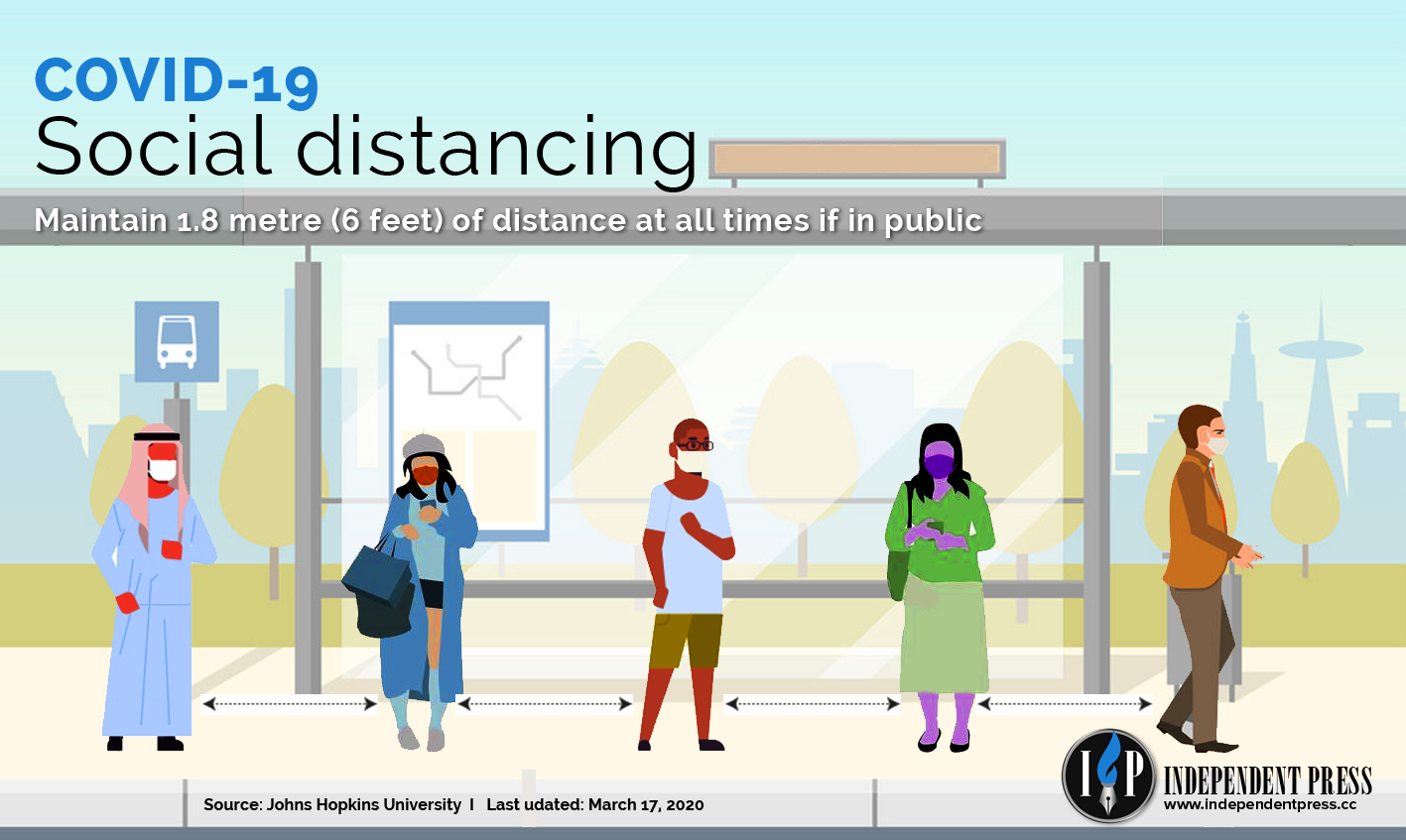Wed 01 April 2020:
What is social distancing?
Social distancing is a public health practice that aims to prevent sick people from coming in close contact with healthy people in order to reduce opportunities for disease transmission. It can include large-scale measures like canceling group events or closing public spaces, as well as individual decisions such as avoiding crowds.
With COVID-19, the goal of social distancing right now is to slow down the outbreak in order to reduce the chance of infection among high-risk populations and to reduce the burden on health care systems and workers. Experts describe this as “flattening the curve,” which generally refers to the potential success of social distancing measures to prevent surges in illness that could overwhelm health care systems.
How do I practice social distancing?
The social distancing as it applies to COVID-19 as “remaining out of congregrate settings, avoiding mass gatherings, and maintaining distance (approximately 6 feet or 2 meters) from others when possible.”
This means, says Rivers, “no hugs, no handshakes.”
It’s particularly important—and perhaps obvious—to maintain that same 6-foot distance from anyone who is demonstrating signs of illness, including coughing, sneezing, or fever.
Along with physical distance, proper hand-washing is important for protecting not only yourself but others around you—because the virus can be spread even without symptoms.
“Don’t wait for evidence that there’s circulation [of COVID-19] in your community,” says Rivers. “Go ahead and step up that hand-washing right now because it really does help to reduce transmission.”
She recommends washing hands any time you enter from outdoors to indoors, before you eat, and before you spend time with people who are more vulnerable to the effects of COVID-19, including older adults and those with serious chronic medical conditions.
On the broader scale, a number of actions taken in recent days are designed to encourage social distancing, including:
Schools, colleges, and universities suspending in-person classes and converting to remote online instruction
Cities canceling events, including sporting events, festivals, and parades
Workplaces encouraging or mandating flexible work options, including telecommuting
Organizations and businesses canceling large gatherings, including conferences
Houses of worship suspending services
“Community interventions like event closures play an important role,” Rivers says, “but individual behavior changes are even more important. Individual actions are humble but powerful.”
Does social distancing work?
Experts point to lessons from history that indicate these measures work, including those from the 1918 Spanish influenza pandemic. A 2007 PNAS study found that cities that deployed multiple interventions at an early phase of the pandemic—such as closing schools and banning public gatherings—had significantly lower death rates.
What are other ways to limit the spread of disease?
Isolation refers to the separation of a person or people known or reasonably believed to be infected or contagious from those who are not infected in order to prevent spread of the disease. Isolation may be voluntary, or compelled by governmental or public health authorities.
Quarantine in general means the separation of a person or people reasonably believed to have been exposed to a communicable disease but not yet symptomatic from others who have not been so exposed in order to prevent the possible spread of the disease. With COVID-19, the CDC has recommended a 14-day period to monitor for symptoms.
Think your friends would be interested? Share this story!






